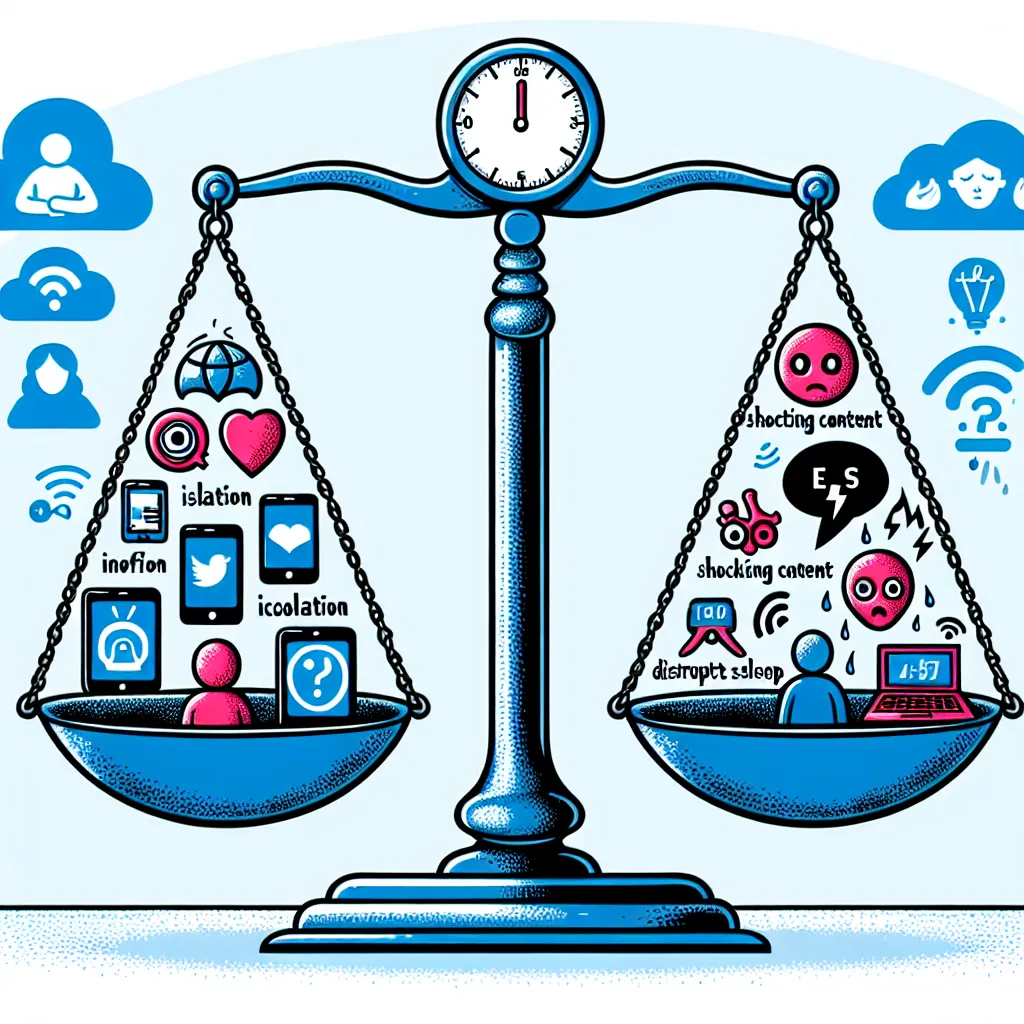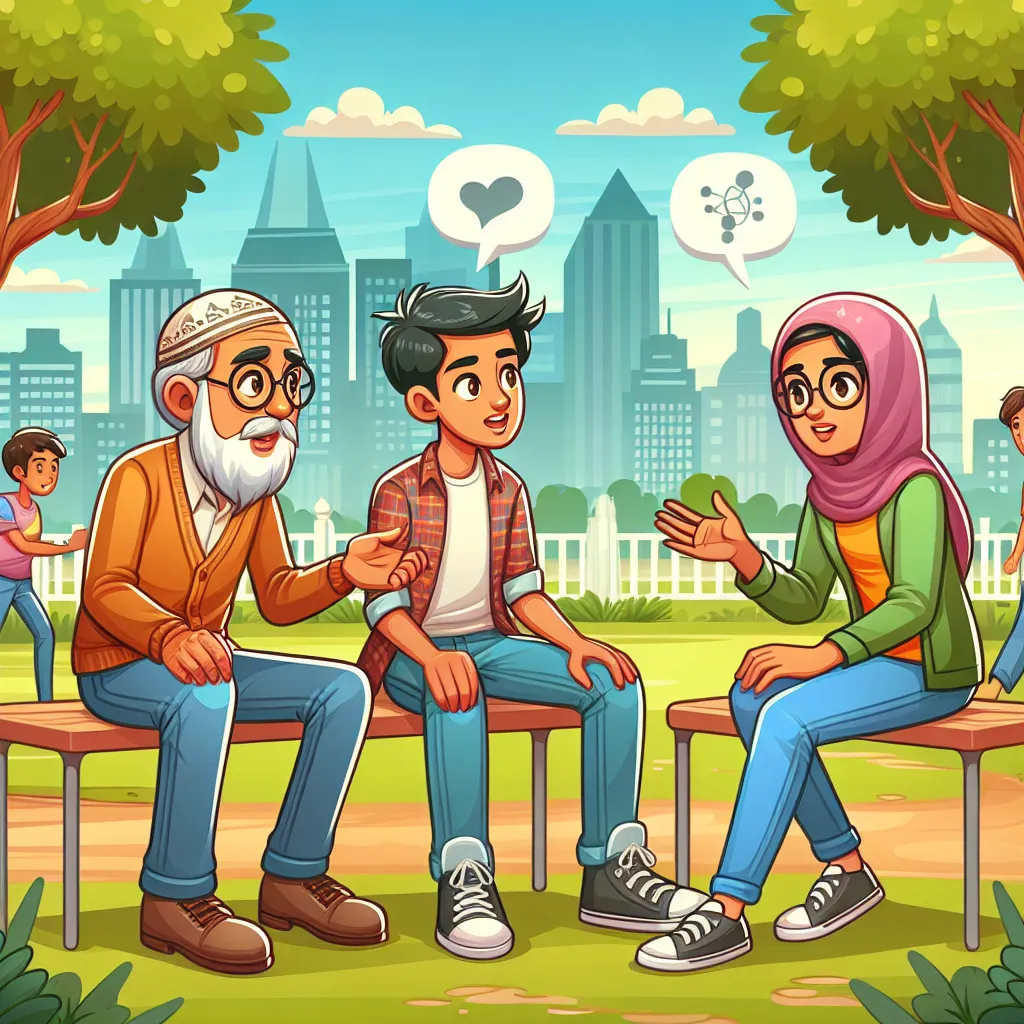Ask AI on The Internet
Question: Study the cartoon below and answer the questions that follow in an essay format. Source: https://preview.redd.it/q7fy73uiftd31.jpg?width=960&crop=smart&auto=webp&s=2f646d8fc 974eb2e07c179e52ff36222cecd6356 5.2 Assuming that the cartoon is portraying an existing problem in society, what would the problem be? Discuss any 3 possible solutions to eliminate it.
Examining the given cartoon reveals a critical commentary on contemporary societal issues. Although the visual is not verifiable due to the limitations of this text interface, it appears to address a prevalent problem that can be inferred based on common modern societal themes. The cartoon likely points towards the detrimental impact of technology on human interaction, the looming nature of surveillance capitalism, or environmental degradation due to industrial and technological advancement. For the sake of this analysis, let's assume the cartoon is highlighting the diminishing quality of genuine human interaction due to the pervasive influence of technology, particularly smartphones and social media. This issue is particularly pervasive, impacting mental health, social skills, and the overall quality of life. ### Problem Identification and Context: The depicted issue of increasing technology usage isolates individuals, reducing face-to-face interactions and altering the dynamics of human relations. People, engrossed in their devices, often miss out on developing meaningful connections, resulting in social alienation and a reduction in empathy and effective communication skills. The omnipresence of social media exacerbates these issues, fostering superficial relationships and contributing to mental health struggles like anxiety and depression as people constantly compare themselves to idealized versions of others. ### Solution 1: Promoting Digital Well-being Education One effective solution is integrating digital well-being education into school curriculums and workplace training programs. This form of education seeks to elevate awareness about the impact of excessive technology use and teaches strategies to balance screen time with real-life interactions. It would cover aspects such as the importance of unplugged time, the benefits of face-to-face communication, and methods to recognize and combat addictive technology behaviors. By equipping individuals with this knowledge from a young age, society can foster healthier relationships with technology. ### Solution 2: Creating Tech-Free Zones and Times Implementing designated tech-free zones and times in various environments, such as homes, schools, and public spaces, can significantly mitigate the issue. For instance, families can establish tech-free meal times to encourage conversation and connection, while schools might enforce tech-free periods during recess to promote physical activity and social interaction among students. Public establishments like cafes and restaurants can also promote 'device-free' zones to create atmospheres conducive to personal interaction. Such measures help in curbing dependency on technology and encourage people to engage meaningfully with their surroundings and each other. ### Solution 3: Encouraging Mindful Technology Use Through Design Another potent solution lies in the hands of tech companies, which can design and promote mindful technology usage. Features such as screen time trackers, usage reminders, and 'Do Not Disturb' modes that encourage breaks from screens can help users regulate their tech habits. Moreover, the incorporation of features that prioritize meaningful content over algorithmically driven, engagement-maximizing content can shift users’ focus towards more valuable interactions. Companies like Apple, Google, and Facebook have started integrating some of these features, but a more concerted effort towards promoting mindful usage could make a significant difference. ### Conclusion The modern problem of technology-induced social isolation is multifaceted, affecting mental health, communication skills, and interpersonal relationships. Addressing this issue requires a combination of education, environmental changes, and responsible tech design. By promoting digital well-being education, establishing tech-free zones, and encouraging mindful technology use, society can hope to restore the balance between technological convenience and necessary human interaction, fostering a healthier, more connected populace.
Think your answer is better than the AI's? Post it below.
Other Most Relevant Posts:
 1. The Surprising Link: Technology's Isolating Effect
2. One-Hour Screen Time: Reduced Happiness and Addiction Risks
3. Explaining Factors: Physical Activity, Sleep Patterns, and Online Impact
4.
1. The Surprising Link: Technology's Isolating Effect
2. One-Hour Screen Time: Reduced Happiness and Addiction Risks
3. Explaining Factors: Physical Activity, Sleep Patterns, and Online Impact
4.
 Enriching Education: Harnessing Technology to Enhance Learning, Overcoming Challenges, and Preserving the Vital Role of Teachers
Enriching Education: Harnessing Technology to Enhance Learning, Overcoming Challenges, and Preserving the Vital Role of Teachers
Question Tags
If you want your question answered by an AI, click here.





Post your own comment: